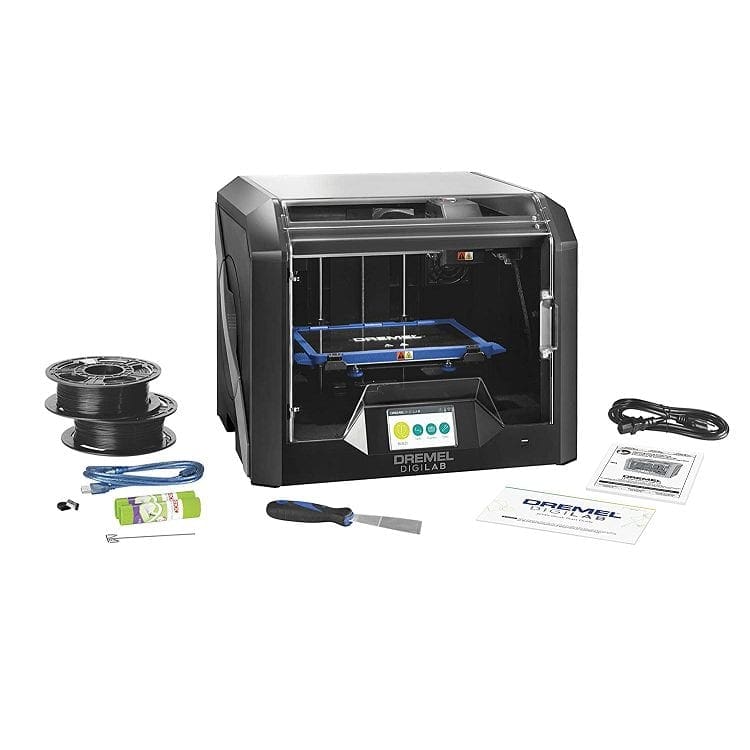One of the more advanced forms of 3D printing is called material jetting.
Technically its somewhat related to SLA printing but things are also very different.
In SLA, printing an ultraviolet laser selectively cures a light-sensitive resin.

Material jetting still uses light-sensitive resins and ultraviolet lights, but thats where the similarities end.
How does it work?
A material jetting printer is more similar to a CoreXY style FDM printer than an SLA printer.
Once a layer is complete, the print bed lowers by the height of one layer and continues.
One of the huge advantages that material jetting offers, is multi-material and multicolour printing.
Different resins can be directed to each nozzle, allowing you very fine control over the result.
Support structures are necessary but are printed with a separate water-soluble material that can be easily removed afterwards.
By default, the resulting surface is glossy, with areas contacting support structures having a matte texture.
The build speed of a material jetting printer is pretty fast.
you’ve got the option to even print multiple models at once without affecting the overall build speed.
Downsides
Unfortunately, the hardware is extremely expensive.
Additionally, resin prints are somewhat brittle making them unsuitable for functional purposes where they will receive regular stress.
Look at other materials for that throw in of print.
What would you make with material jetting?
Would you make use of multiple materials or colours?
Let us know down below.